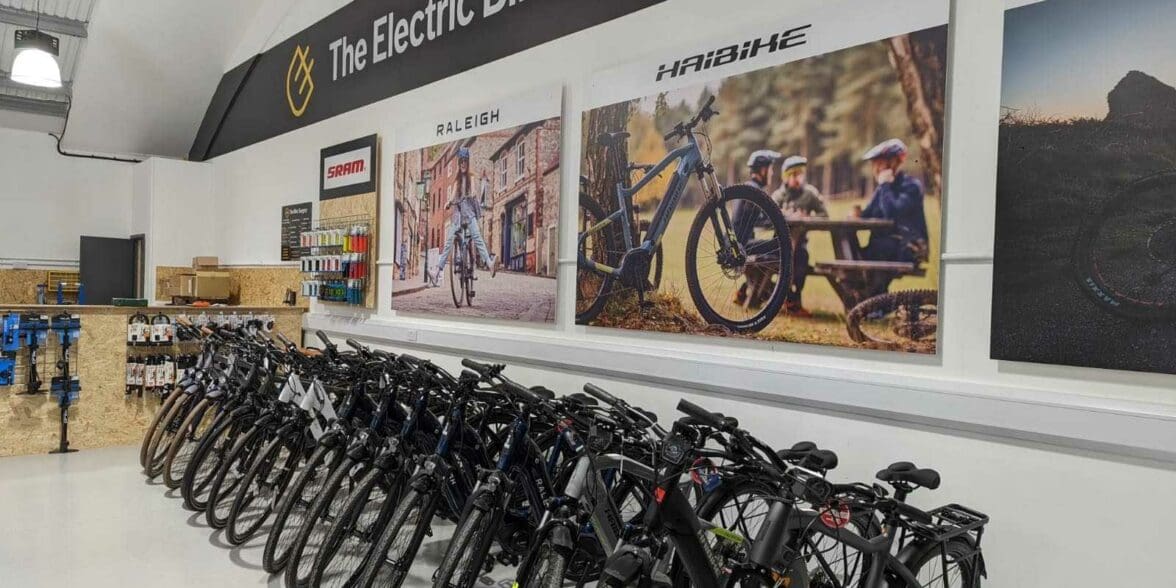Diving into the exciting world of eBikes for the first time or simply looking to learn more? Here are 10 common myths and misconceptions about eBikes that you probably believe, but that aren’t actually true:
#1. eBikes Are a New Invention
With so many recent advancements and new PLEV models in today’s age, one could be forgiven for assuming the eBike is a new invention. Incredibly, the first-ever eBike model dates back to 1895, when engineer Karl Drais patented the first bicycle with an electric motor.
This design was far ahead of its time and could only make use of inefficient and soon-obsolete technology. Although functional, these electric bikes were remarkably heavy whilst offering inconveniently low speed and mileage.
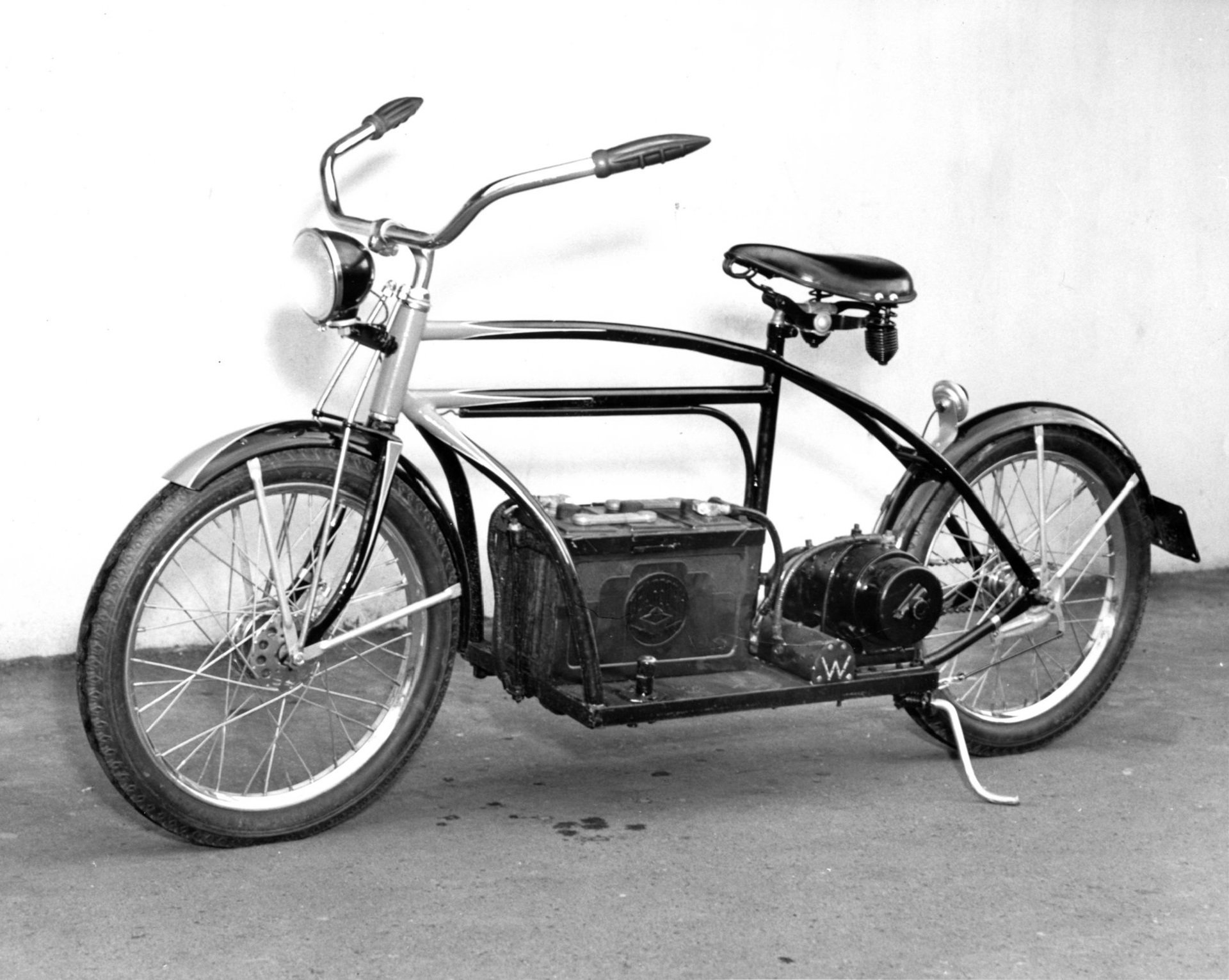
Three years later, Hosea W. Libbey invented an eBike with two motors and two batteries, offering support for uphill riding. This was likely the very first ‘dual motor’ eBike model in history. It would not be until almost 100 years later that the humble electric bike would see its time in the spotlight.
#2. eBikes Are Bad for the Environment
Whilst eBikes and other PLEVs undoubtedly remain one of the cleanest methods of transport, their production is not without cost. The myth that eBikes are bad for the environment stems from the production stage, during which the most emissions are released. This is mostly from the creation of lithium-ion batteries, which release ~9t of CO2 per tonne of refined lithium carbonate.

However, once fully operational, eBikes and other PLEV models emit virtually no emissions whatsoever. Reducing the carbon footprint of each eBike relies on getting the maximum usage possible during this operational period. We recommend reading our analysis on the environmental footprint of popular PEV models to learn more about this.
#3. eBikes Are Expensive & Overpriced
A common misconception is that eBike models are overpriced and too expensive to afford. This was true in 2010—yet these days, many high-performance eBikes can be bought within budget. Very few models are actually overpriced for the performance they offer, as most manufacturers can’t afford to be beaten by competitors.

The majority of the time, best eBikes on the market utilise carbon fibre and other high-performance components. These components and materials are very expensive, but they offer the best possible ride.
A huge variety of cost-effective models remain available and still offer good performance. On a budget? Relax, you can still easily get a good eBike for under $1,500!
#4. eBikes Are Unsafe to Ride
Anything that involves speed, public roads, and pedestrians could result in disaster. Despite this, riding an eBike should incur no more risk than a conventional bicycle. However, they are somewhat of a silent assassin.
Fast and quiet, riders on eBikes must take extra care to make their presence known when riding in public. Just like on a traditional bicycle, it’s important to stay safe at all times when riding an eBike in cities and residential areas. We advise mounting a loud bell and lights whilst wearing high-visibility clothing at all times.
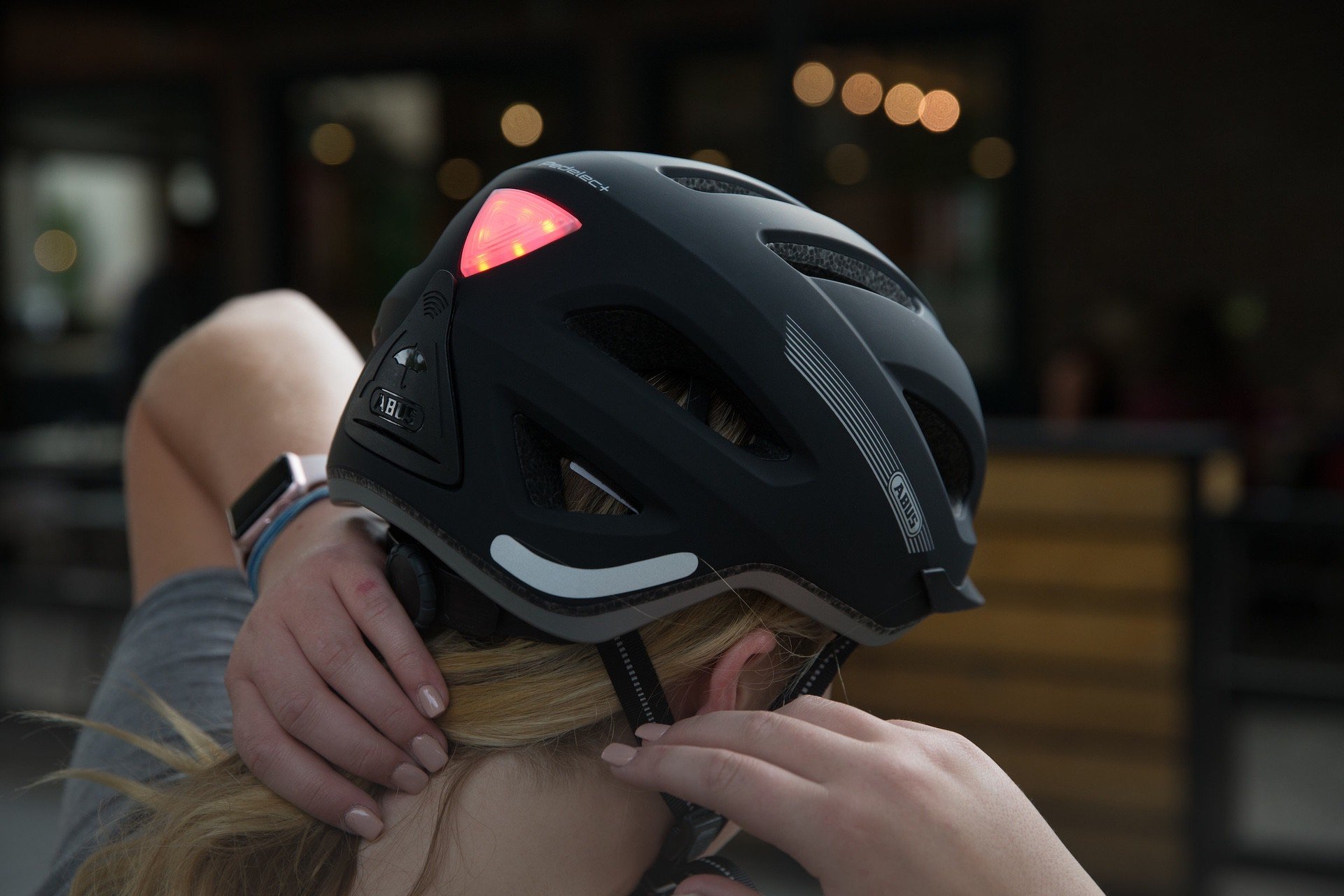
eBike safety studies indicate that the approximate annual injury rate sits at 1.4 injuries per 1000 eBikes in the US and Europe. Like in most accidents, speed is a multiplying factor of potential risk. With electric bike models capable of reaching over 40+ mp/h, riders must remain responsible at all times—for both their own safety and that of those around them!
Battery Safety
Advancements in battery technology have made many models much safer. Early lithium-ion batteries used to explode on poorly manufactured PLEVs. However, in recent years, even cheap models remain safe for use.
Riding a cheap, unregulated model from an unknown or unlicensed manufacturer will always be risky. However, many governments still enact their own market regulation, ensuring that the majority of models you see are safe to ride.
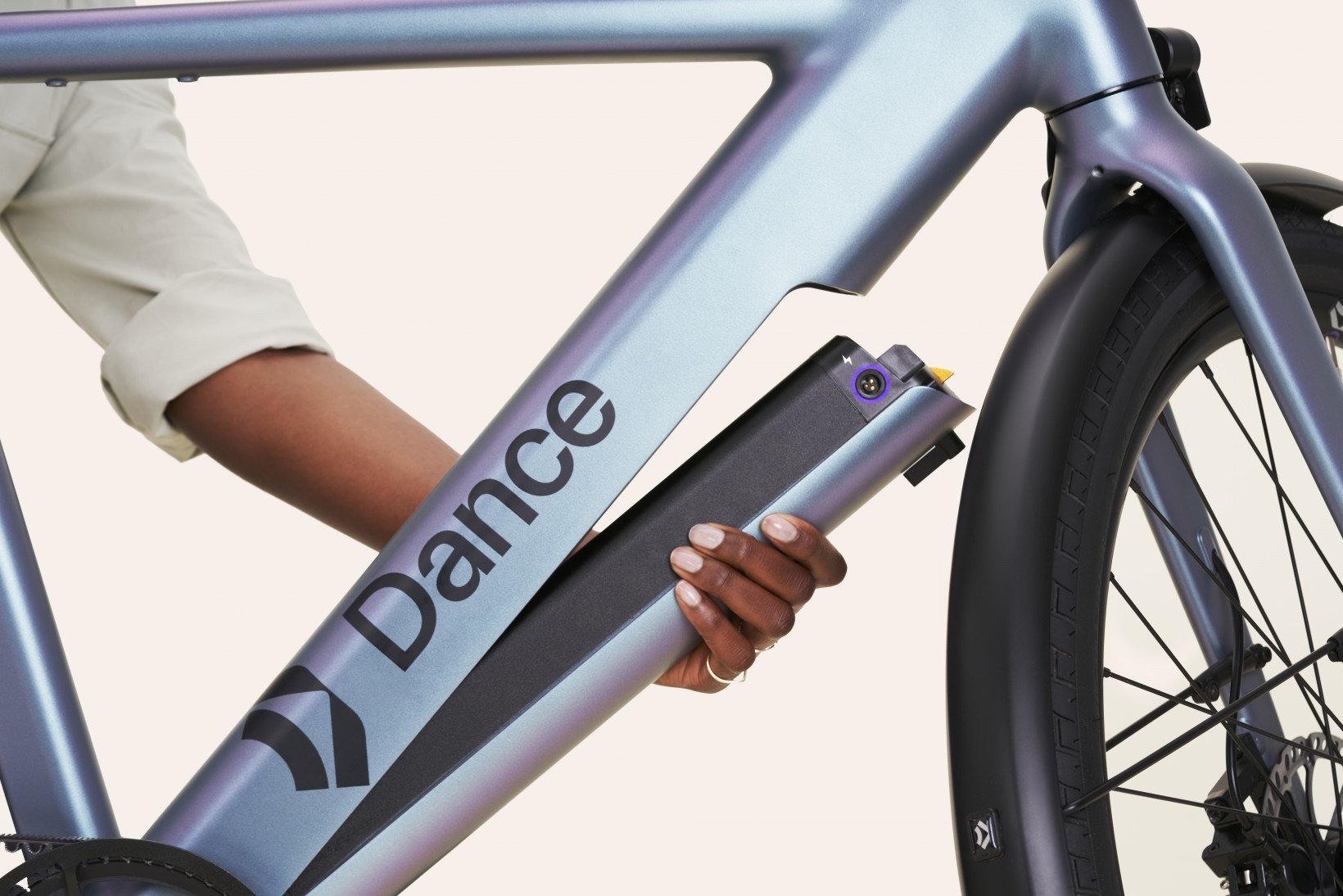
In most of Europe and North America, all eBikes and other PLEV models must adhere to strict fire & electrical safety standards throughout production. Many manufacturers input an additional battery management system to ensure safe and stable operation.
#5. Charging Takes Forever
A decade ago, riders would be waiting all day to charge an eBike battery (even a small one). But today, batteries with four times the capacity are charging in a quarter of the time. Thanks to both dual and rapid charging options, we have seen modern eBike models with a charge time of just two hours, despite offering an operational range of over 30–40+ miles.
Now you can ride over 30 miles to work and be fully charged before lunchtime—incredible!
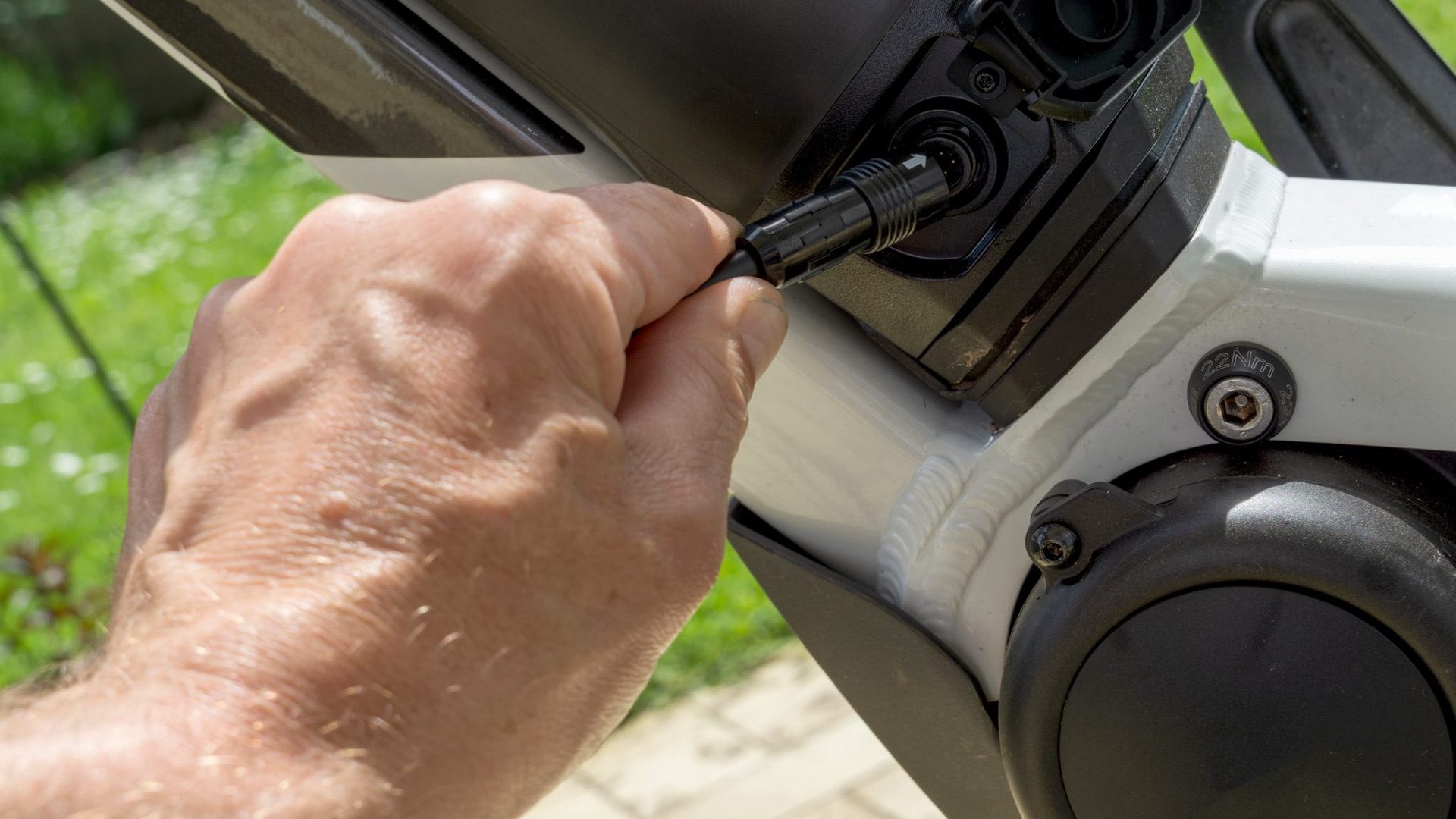
#6. eBikes Are Hard to Ride & Require a License
This is a rumour only repeated by those who have never really ridden an eBike. The truth is, electric bikes are extremely easy and straightforward to ride. Far less physical effort is required for propulsion—and for some models, it’s just a matter of twisting a throttle or pushing a button. Simply put: if you can ride a bicycle, you can ride an eBike without much additional skill required.
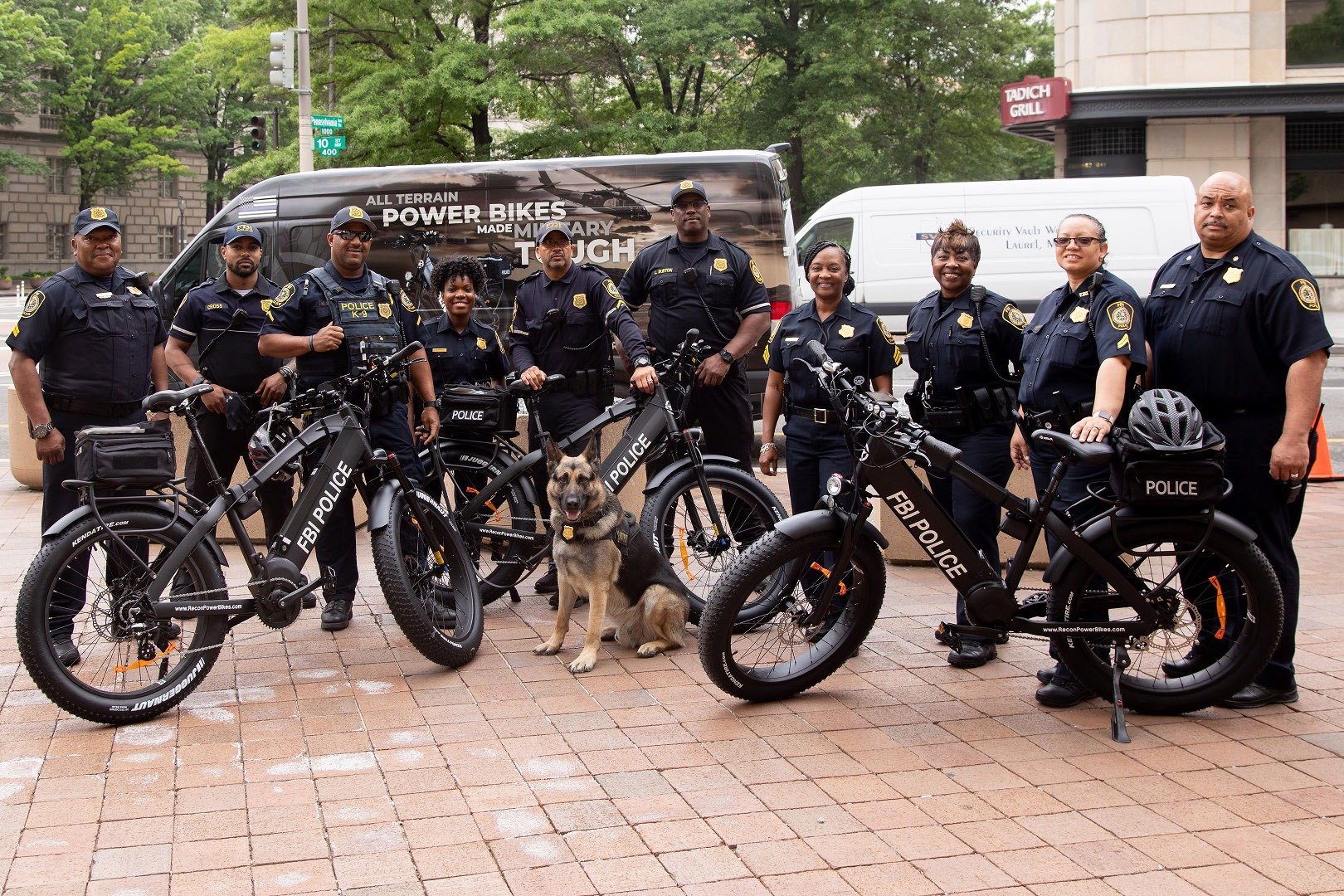
Licensing
Whether you are riding legally relies on rider discretion and the laws in your area. Generally, eBikes remain legal in most countries and do not require a license—provided they fit within regulatory standards. We always recommend double checking any local or municipal laws beforehand. Fortunately, we’ve got guides on PLEV laws in the US, PLEV laws in Canada, and PLEV laws in Europe.
#7. eBikes Are Big & Slow
Now, whilst this may have been the case in 2000–2010, eBike models have since come a long way. Even in recent years, parts and components have become much more compact—often integrated within the bicycle frame. These days, most eBikes are the same size as regular bicycles of the same design.
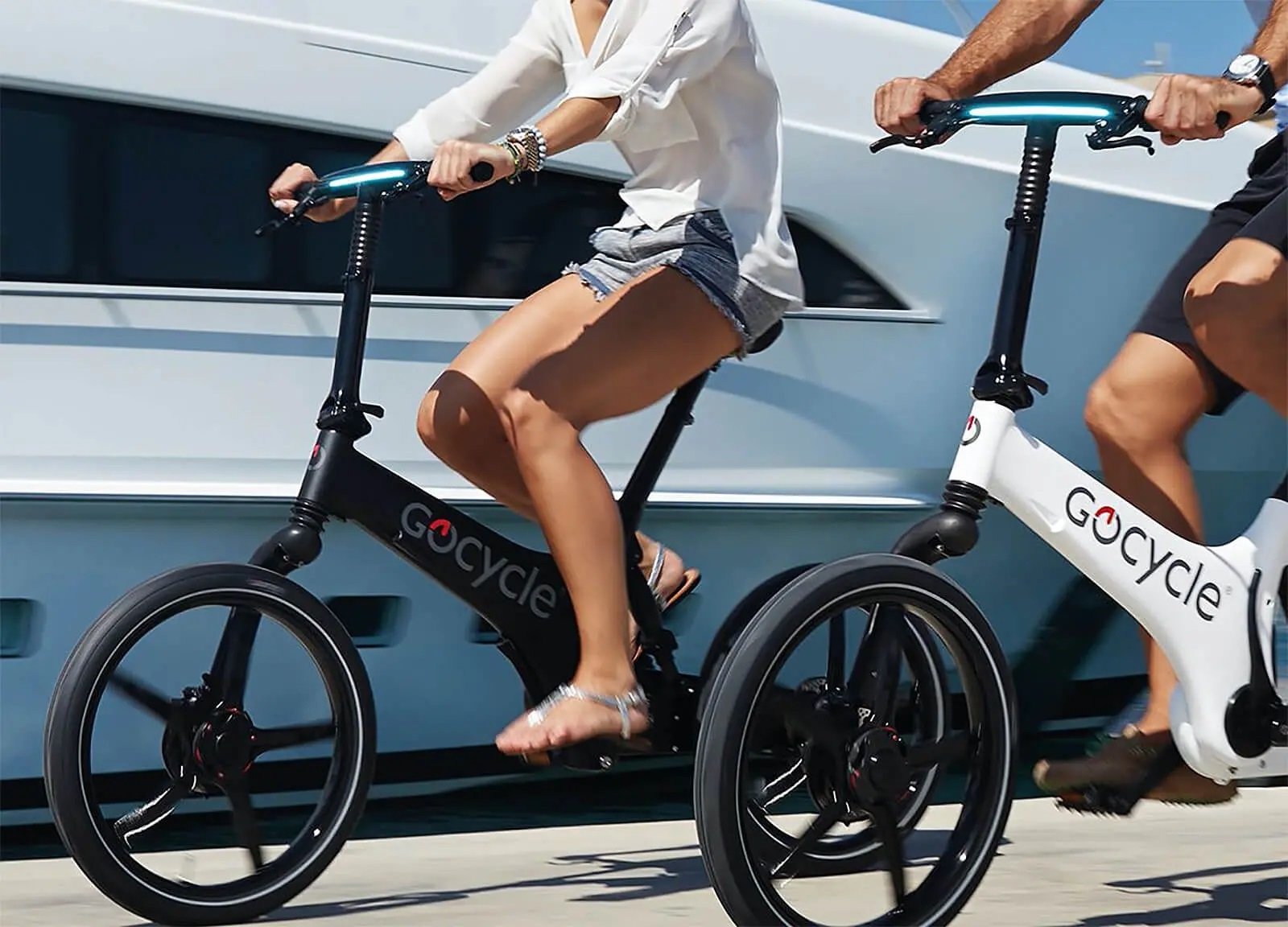
As for speed, modern eBikes are certainly no slow coach. An average, mid-spec electric bike will reach speeds of ~25-30 mp/h (40–48 km/h) without any issue. Both hub and mid-drive motor designs have advanced significantly over the years with some eBikes even reaching speeds of over 50+ mp/h (80 km/h).
#8. Riding an eBike Is Not Exercise
Another common misconception is that eBike riders let electricity do all the work. This is simply not true for the majority of models. Most eBikes draw half their power from pedalling, meaning that riders must remain active to maintain speed. Many designs allow users to set their own level of pedal assistance, and include the capacity to operate as regular bicycles.

Not only is it good cardio, but the simple motion of pedalling is also a great stretching exercise for your legs and core. Be aware that some countries and cities enforce pedal assistance as a legal requirement for riding. Check your local laws before making a significant purchase!
#9. You Can’t Ride In the Rain
It’s common knowledge that water and electricity don’t mix. This has led many to believe that eBike models cannot handle even the slightest of showers. Much like everything else tech related, waterproofing has made huge leaps. The majority of entry-level eBikes claim an IP56 waterproof rating, offering protection against sustained water blasts of moderate pressure.

Such protection is more than enough to ride in the rain for sustained periods. However, most cheap models wouldn’t appreciate it and would likely break or fail. Alongside this, we also still recommend avoiding any rides through heavy or torrential rain, just in case.
Always check the IP rating of your chosen model before purchasing. Read through our glossary of common PLEV terms and tools to learn more about the language used in this industry.
#10. They Don’t Go Far or Last Long
This is another myth stemming from bad batteries—most eBikes actually last a long time. With the proper care, the frame should last forever, and electrical components will function for over a decade. Good quality lithium-ion batteries offer ~600-800+ charge cycles, which is still 3+ years of continuous, daily use; with most riders reporting battery issues after 4–5 years of use.
Thanks to advances in eBike battery tech, rumours of poor ranges have also been put to rest.
In 2010, you’d have been lucky to reach just 20 miles per charge. Nowadays, many high-performance models claim a range of 100+ miles per charge. Want to get the most out of your eBike? Learn how to extend the battery life of your PLEV here.
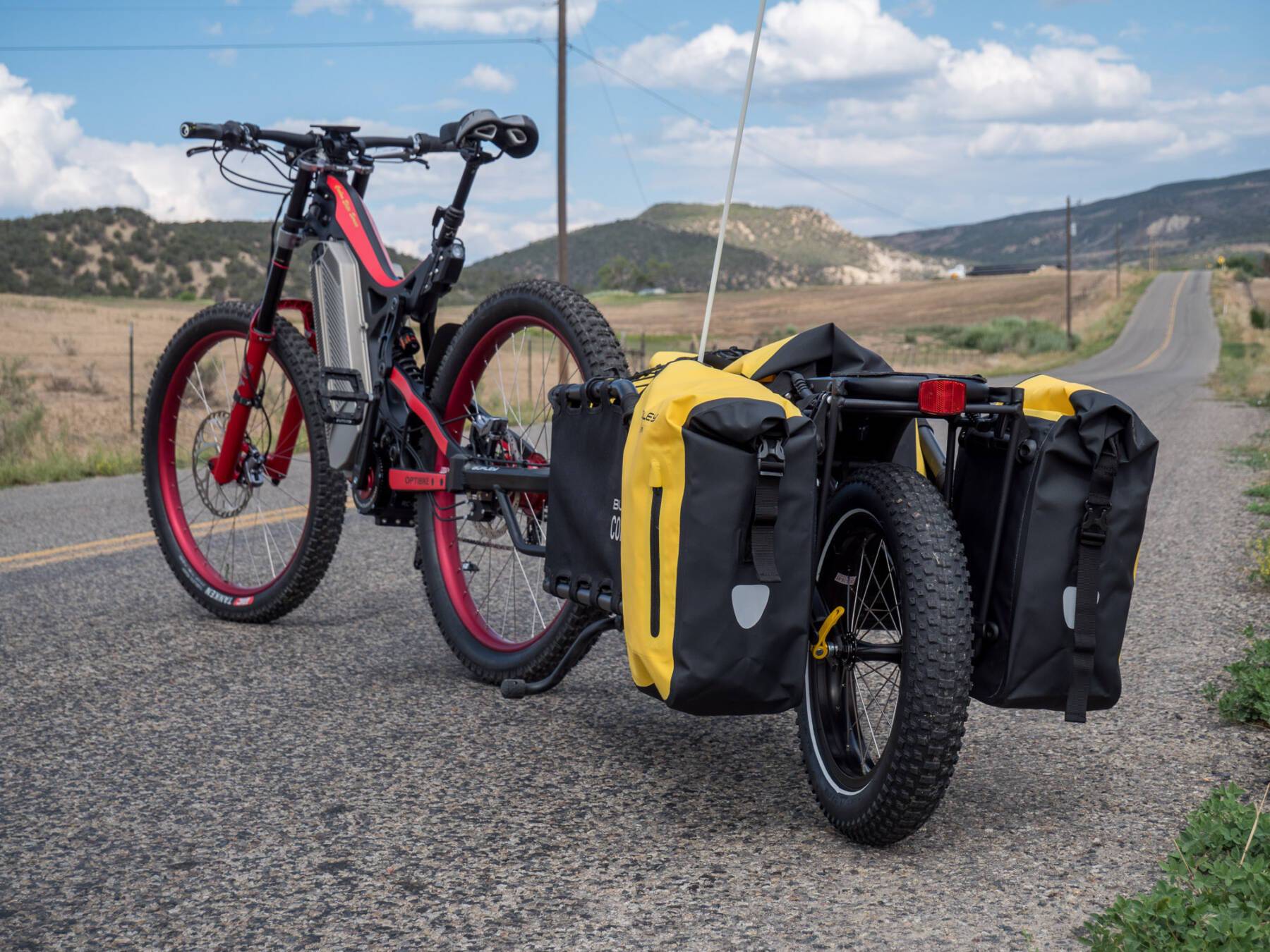
Some believe that once you run out of battery, the ride is over. This is not true, as many eBikes are designed to support pedalling and can also function as normal, pedal-powered bicycles. Riders may also bring spare packs with them, provided their model features a removable battery. Try carrying 30–40 miles worth of petrol in your backpack!
Check out the 10+ PEV brands with the best warranties now, and guarantee yourself the best coverage.
Final Thoughts on eBike Myths
As always, thanks for reading. We hope you learned the truth behind these 10 eBike myths. Feel free to leave us a comment with any suggestions or improvements—or just to say hello! We’d love to hear from you, and sort out any other myths and rumours you may have heard!
Alternatively, find your dream PEV or PLEV model from our store—all carefully vetted and backed by our dedicated support team.


